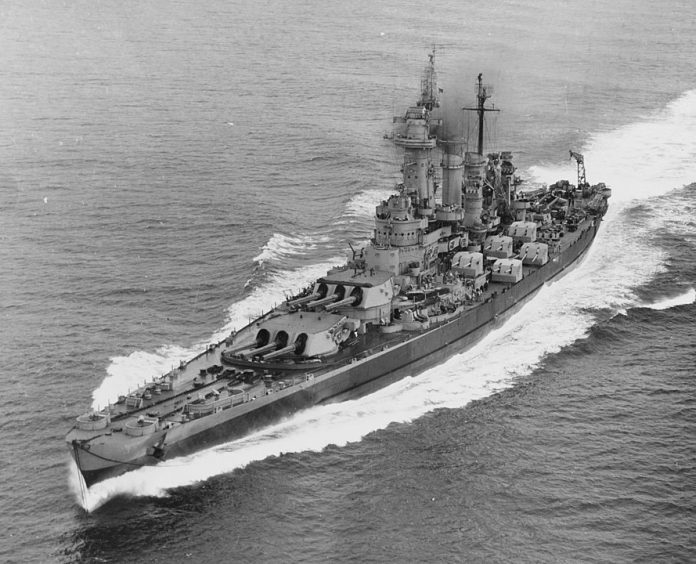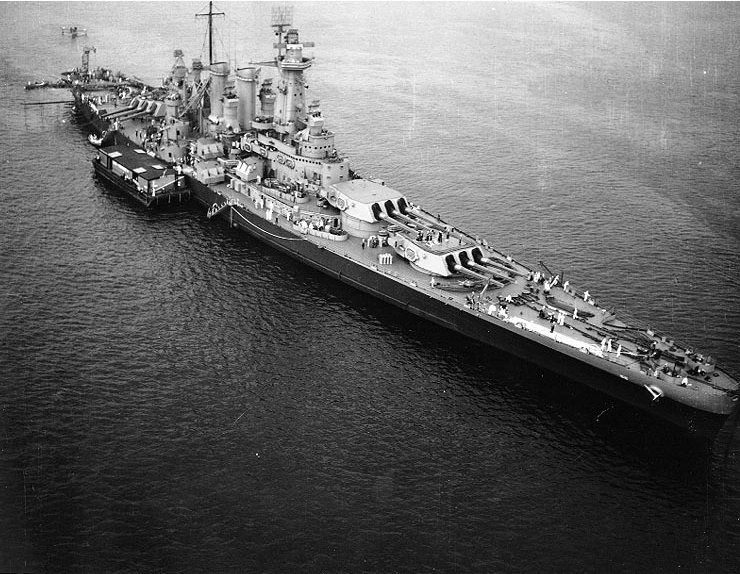
During World War II in the expansive Pacific, as aircraft carriers rose in importance over battleships, the USS Washington (BB-56) established a distinctive legacy in naval history.
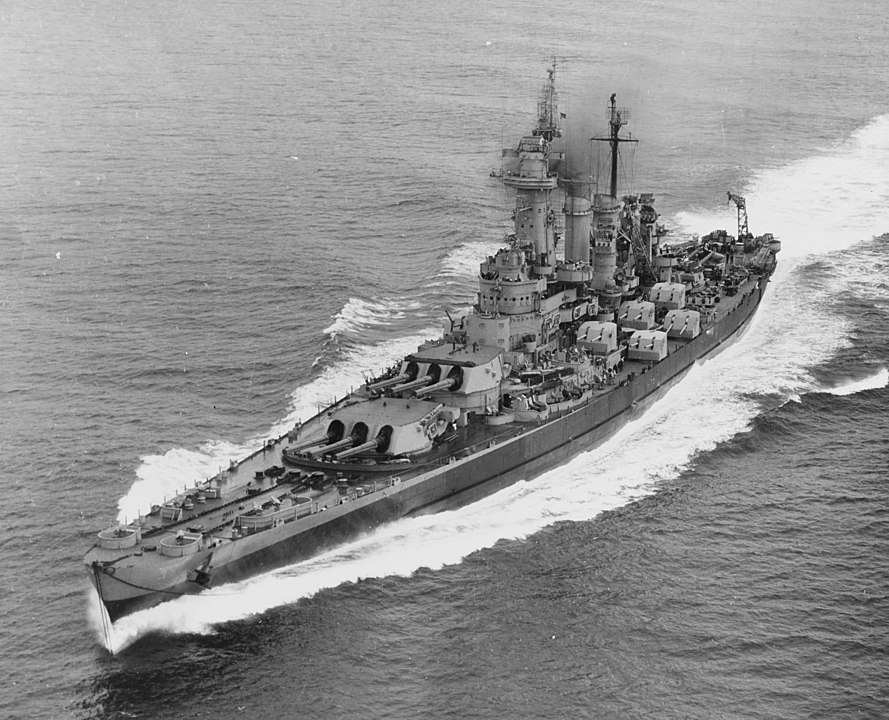
On the night of November 15, 1942, amidst the tumult of the Second Naval Battle of Guadalcanal, the USS Washington achieved a feat unmatched by any other battleship in the Pacific theater — it sank the Japanese battleship Kirishima in a one-on-one naval engagement. This historical encounter, skillfully directed under the command of Rear Adm. Willis A. Lee, underscored the pivotal role radar would play in naval warfare and marked the USS Washington as one of the most formidable warships in the U.S. Navy.
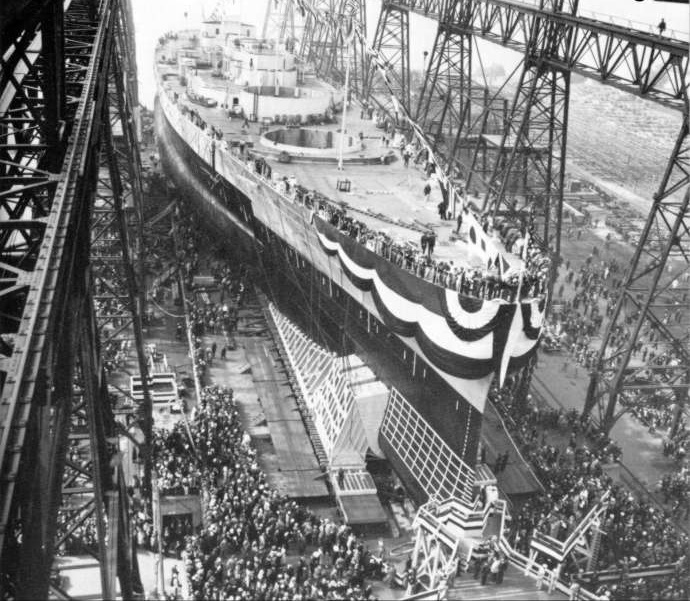
The Washington, a 35,000-ton North Carolina-class battleship constructed at the Philadelphia Navy Yard, was commissioned in May 1941.
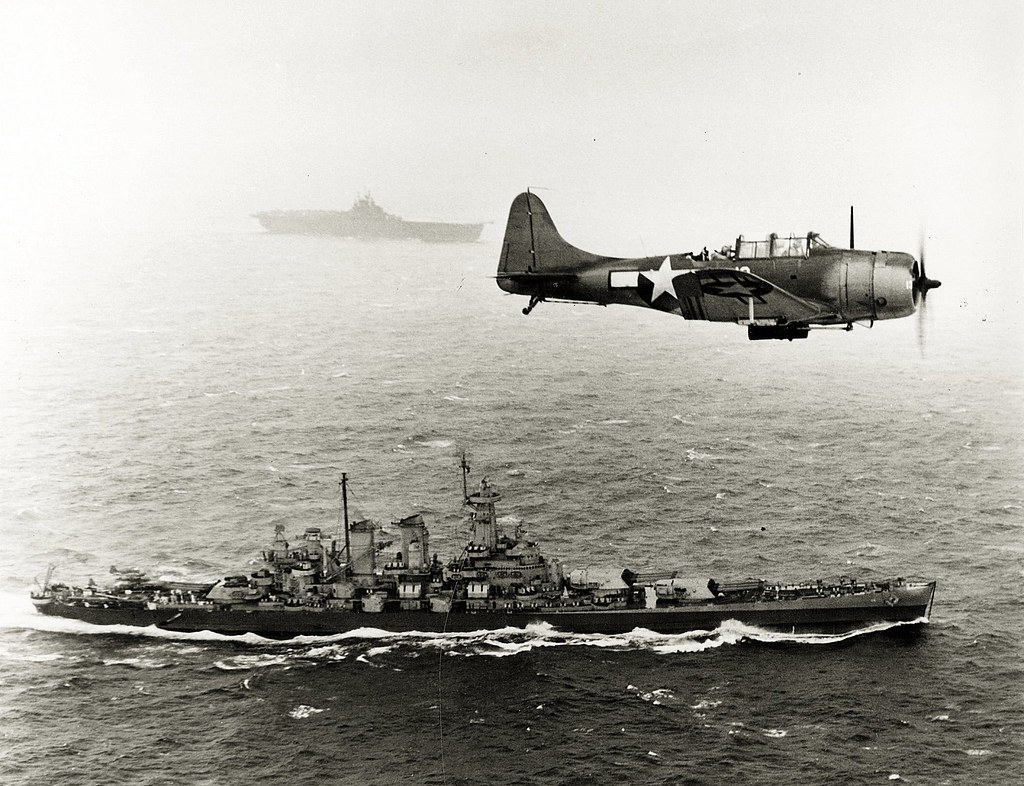
Initially operating in the Atlantic and supporting operations as distant as the icy waters near Russia, she eventually joined the U.S. forces in the South Pacific as the critical Guadalcanal Campaign unfolded.
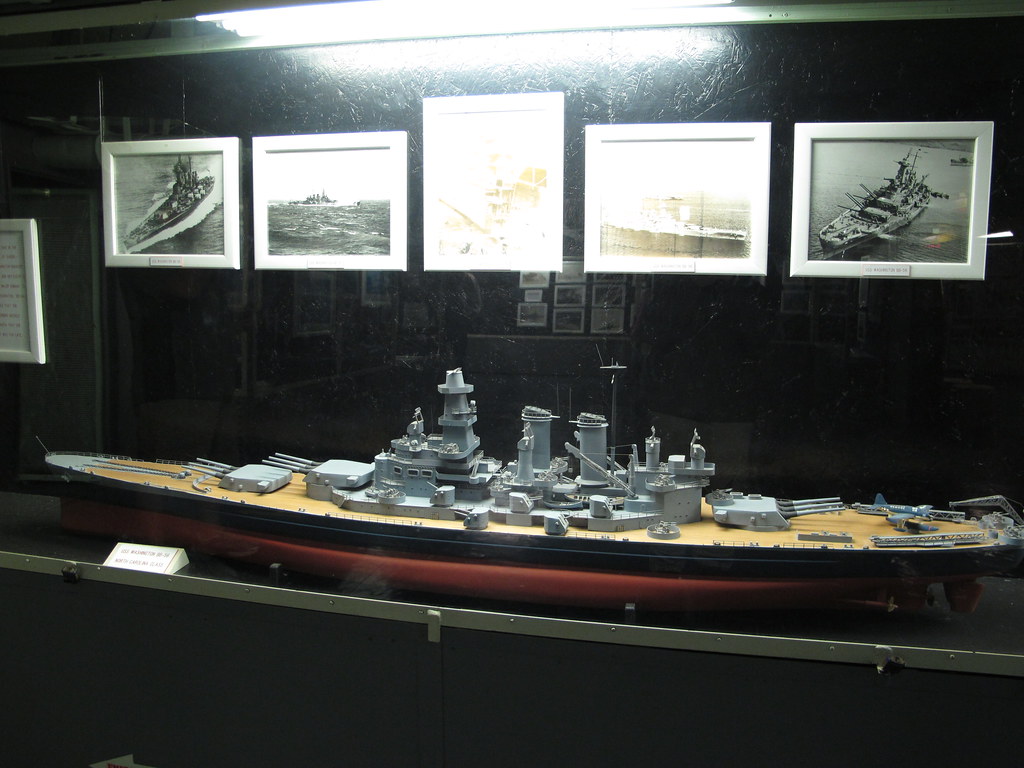
The task she undertook there, as the flagship of Rear Adm. Lee, showcased the transformative power of radar in naval combat, a technology in which Lee was the Navy’s foremost expert. As the commander of Task Force 64, Lee’s expertise and the Washington’s capabilities came to a head during a night action that would decisively impact the battle for the Pacific.
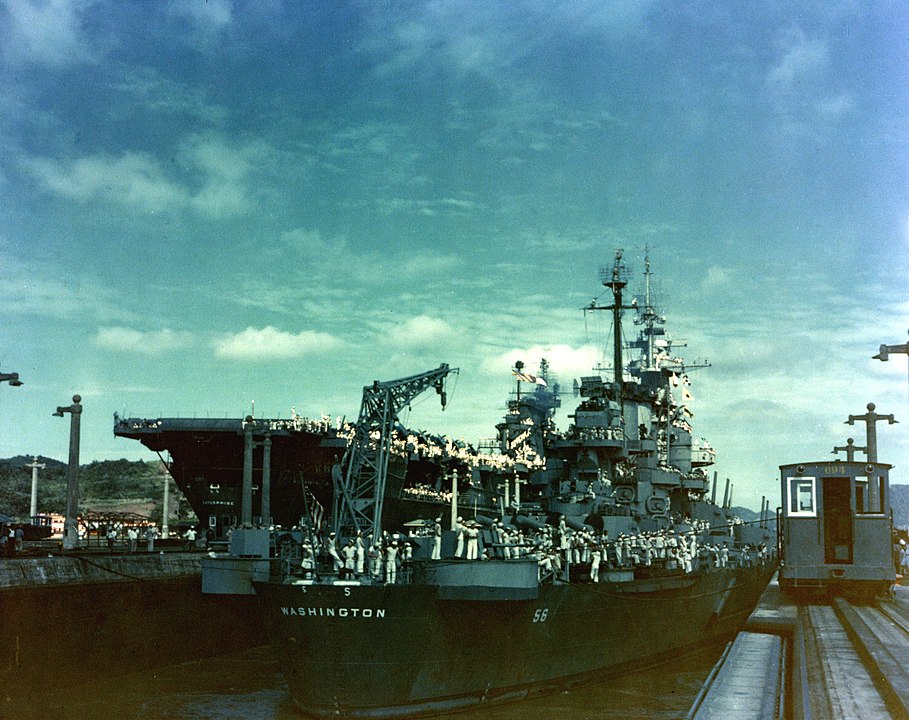
On the night leading into November 15, in the waters east of Savo Island, the Washington’s radar picked up the Japanese force.

The engagement that followed saw the USS South Dakota and several destroyers taking considerable damage, while the Washington, using her radar-directed guns, unleashed a barrage that would secure her a place in history.
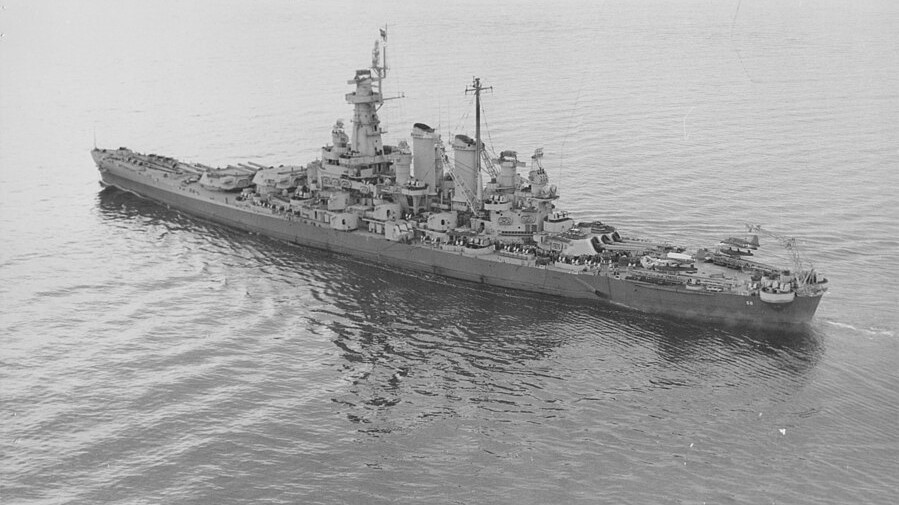
But this action was not just a display of firepower; it was a moment of strategic brilliance. The Washington’s engagement effectively curtailed the Japanese naval offensive at Guadalcanal, providing crucial relief for both the United States Navy and Marine forces on the island.The sinking of the Kirishima not only bolstered the morale of the Allied forces but also allowed for a regrouping that would prove essential in maintaining and eventually gaining the upper hand in the Pacific.

The Washington continued her distinguished service across the Pacific, from the Gilbert and Marshall Islands to the Marianas and the Philippine Sea, where she played a supporting role in the Great Marianas Turkey Shoot — a battle that saw an overwhelming victory for the U.S. air forces.The Washington’s guns supported the invasions of the Palaus, Leyte, Luzon, Iwo Jima, and Okinawa, but it was on that fateful night in 1942 that she made her most profound mark on the war.

Despite facing formidable engagements throughout the conflict, the Washington remarkably sustained no damage from enemy fire, highlighting not only the skill of her crew but also the battleship’s robust design and construction.

Though she would see no more combat after her refit in June of 1945, the USS Washington’s legacy was secured. She ferried home veterans from Europe and earned 13 battle stars for her valiant service in the war, traversing from the Arctic Circle to the Western Pacific, and providing a testament to American naval prowess and innovation.

The end of the war saw the Washington placed into reserve and eventually decommissioned in June 1947. She remained in “mothballs” until May 1961, when she was sold for scrap. Yet, the tales of her glory and her indispensable contribution to the victory in the Pacific remain etched in the annals of naval history, as she remains to this day, the only battleship to claim a one-on-one sinking of an enemy battleship in the Pacific theater of World War II.
related images you might be interested.
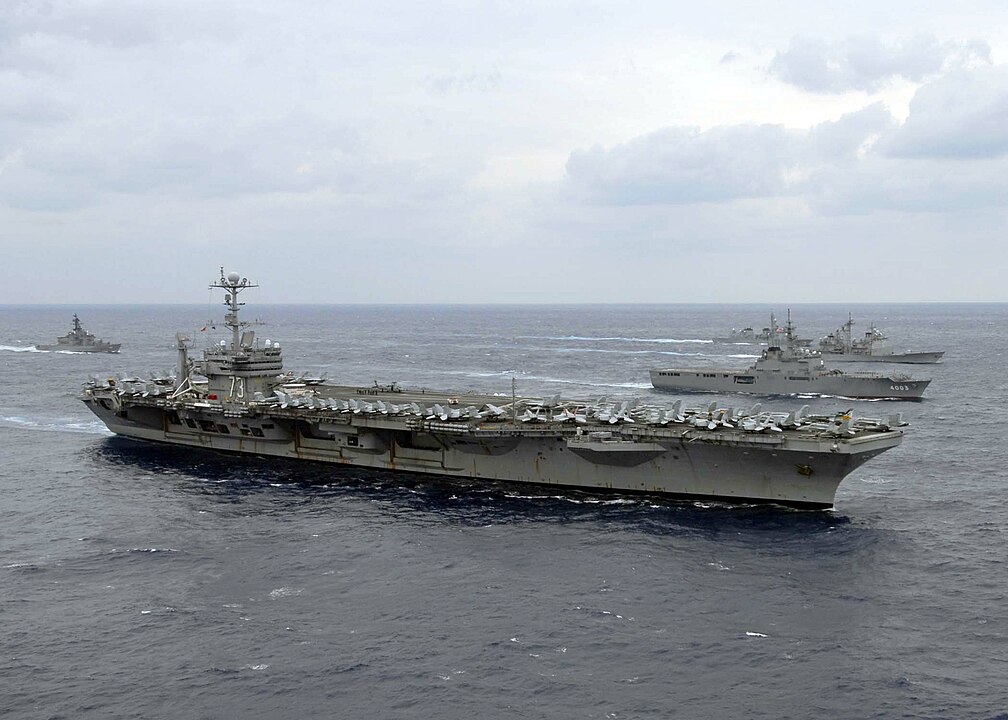
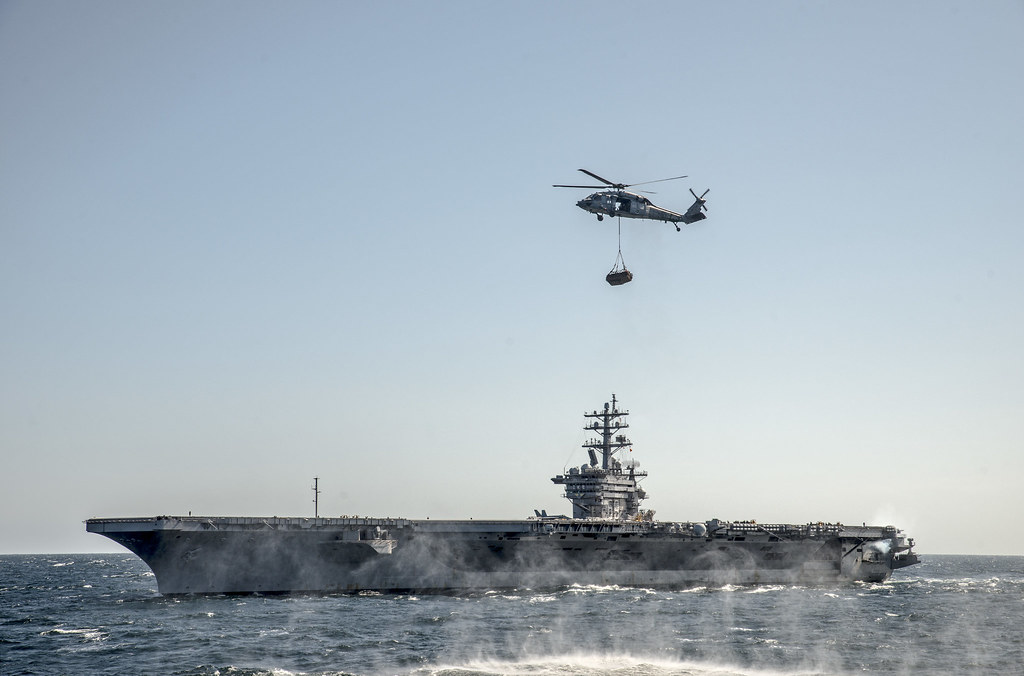

Relevant articles:
– Washington (BB 56), Navy (.mil)
– The Washington Battleship was the Only Vessel to Sink an Enemy Battleship One on One, nationalinterest.org
– The USS Washington Battleship: How it Turned the Pacific Tide, Warfare History Network
